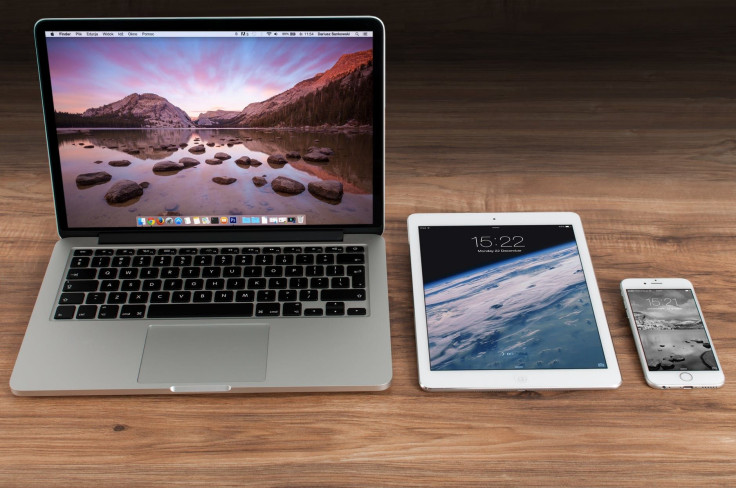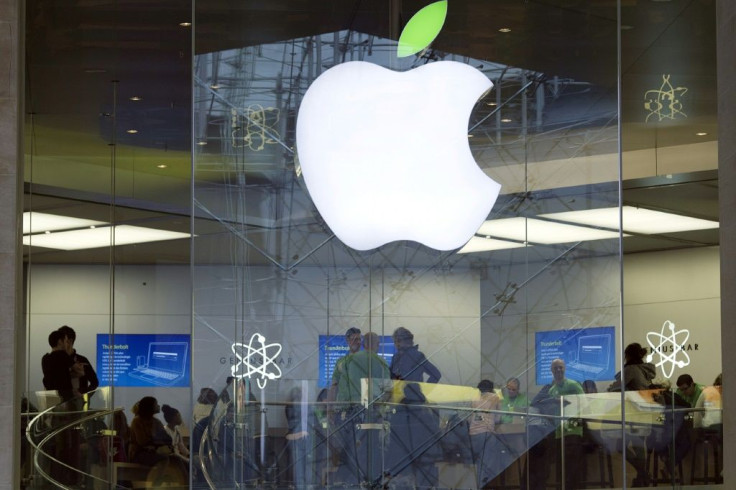Apple Trade-In Value Reductions Explained

KEY POINTS
- Apple reduced the trade-in values for most of its devices last week
- Anonymous Apple employees explained this is because two other companies buy those older devices
- The values actually reduce because of older devices that have third-party components
Consumers looking to upgrade to a new iPhone or other iDevice know that trading-in an older device will help to significantly cut down on costs. The savings will depend on the device being traded-in, as well as the condition of the device when it is surrendered to Apple.
Previous reports, however, revealed that recently, Apple decided to lower the trade-in values for most of its devices, ultimately reducing the amount of savings an iDevice user could have when upgrading to a new device.
Some of the reductions were huge. According to MacRumors, which kept a copy of discrepancies in trade-in values, those who trade-in their older iPhone XS Max, for example, will only get as much as $500 worth of credit. This is $100 lower from the $600 credit value before Apple slashed it.
Apple's reductions affected more than just iPhones. Other iDevices such as iPads, Macs and Macbooks, even the Apple Watch 4, also have reduced trade-in values. Of course, those who were looking to trade-in their iDevices to upgrade will be disappointed to know that they won't be receiving as much as they would've wanted to.
A report from Forbes, however, sheds light on why Apple reduced trade-in values for its devices. While the reason won't help users save money when they upgrade to newer devices, it will at least help users understand why it happened.
Forbes reported that it tried to reach out to Apple after the reductions were reported last week. The Cupertino tech giant acknowledged the reductions but didn't provide an explanation as to why it did it. Two anonymous sources, both of them Apple employees, explained why the tech company did what it did.
According to one of them, Apple merely buys older devices for two different companies. One of these companies purchase higher-end devices, while the other buys lower-end devices. The devices they purchase are “generally split at the 2017 mark.” In other words, they buy devices based on manufacturing date.
The other source confirmed this and explained why the trade-in values actually drop: “people repeatedly turning in phones with third party parts that cut the value,” the employee said. In other words, the two companies that buy old devices from Apple are the ones determining the value based on the actual components inside the devices.

© Copyright IBTimes 2025. All rights reserved.



















